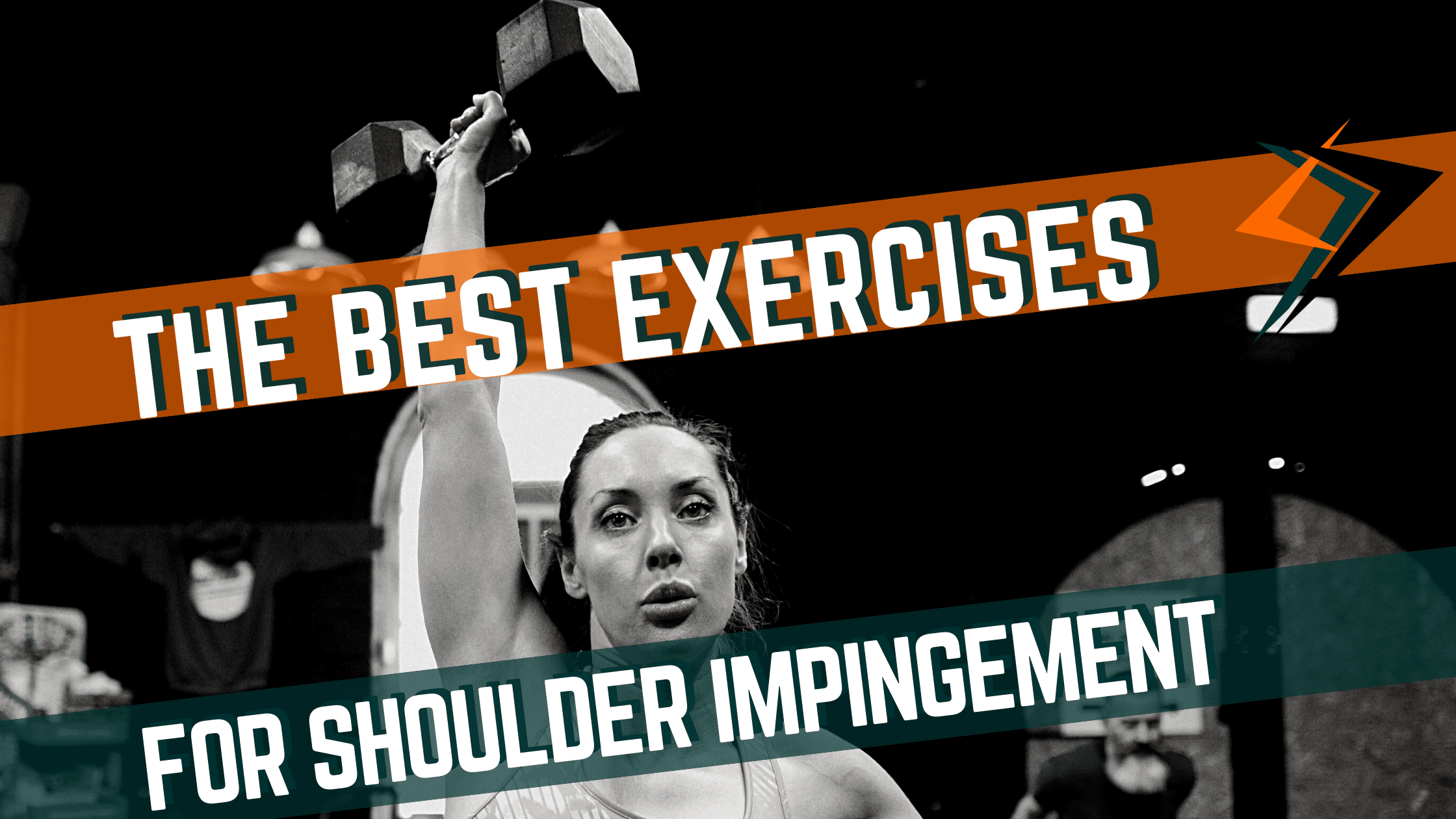
Shoulder impingement (now often called rotator cuff tendinopathy) is one of the most common conditions we treat at Onward because of our active patient population. With many active populations such as CrossFitters and weightlifters, we must address a few areas if we want to rapidly improve shoulder impingement pain.
Here are Our Favorite Exercises for Your Shoulder Impingement
Step One: Get the Rotator Cuff STRONG to Improve Impingement
One thing is for sure, rotator cuff strengthening is non-negotiable for those with shoulder impingement pain. Unfortunately, we frequently see patients get exercises that are nowhere near challenging enough to legitimately get stronger muscles. Oftentimes, individuals use really light bands that they can perform up to 30-40 repetitions. If they are loading at the right dose, we often see these exercises done in positions that aren’t what you’re actually struggling to achieve.
Here’s an example: you have pain during overhead presses at end range but the exercises you got (or are doing on your own) are all with your arm by your side. The problem is that it is essential to challenge the strength through your full shoulder range of motion if we expect to clean up this issue.
Are you looking for one of our favorites for this Problem? Try a serratus wall slide. This movement works on overhead shoulder mobility while providing a significant challenge to the rotator cuff.
Step Two: Improve Shoulder Mobility to Improve Impingement
For those of you who are active, we complete a detailed breakdown of the mobility demands of your sport and where you are currently. This keeps us from the never helpful guessing game. We need a thorough assessment of what limits exist so we can develop a personalized plan to regain that mobility.
An example of this would be someone getting pain during the arch position of their kipping pull-up. If their lat flexibility and overhead mobility is limited then they won’t be able to fully open their shoulder for proper positioning. Here is one of our favorite exercises to address lat mobility restrictions.
Step Three: Improve Upper Back Mobility
Alongside step two, thoracic spine mobility must be addressed. When the upper back is stiff, increased load demands are placed on the shoulders. Check out one of our favorite self mobilizations with a kettlebell.
Step Four: Analyze Your Programming
The last step is to check in your programming. We find over programming of certain movements and variables lead to athletes getting shoulder impingement symptoms. We alter training in the short term and then begin to build the shoulder back up. Ultimately, part of rehab is to reduce the chances of dealing with this injury again.
For more information on how to improve shoulder resilience check out our unbreakable shoulders blog.
If you are tired of dealing with shoulder impingement pain that is keeping you from the activities you love, we’d love to assist. Schedule an evaluation today.
Recent Articles
Why Early Intervention Physical Therapy Accelerates Your Recovery

What to Expect at Your First Physical Therapy Session?

How to Choose a Physical Therapist

The Top 5 Misconceptions About Physical Therapy

The Complete Guide to Physical Therapy

